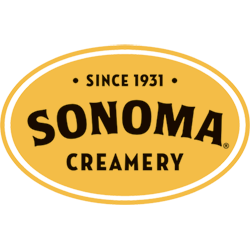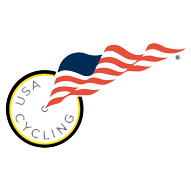If you show up for a group ride or a race in Europe with a dirty bike, this is similar to showing up for school or work with a ketchup stain on the front of your shirt: it’s embarrassing and people will tend to take you less seriously. Around here we’re not quite so maniacal about having a clean bike, but it’s still a good idea, for three reasons. First, your bike is a reflection on you and on Team Swift. So just as you wouldn’t want people to think that you wander around in dirty clothes all the time, you wouldn’t want fellow cyclists or team members to think that you think so little of your bike (and of the team) that you can’t even be bothered to keep it clean. Second, routine cleaning of your bike allows you to pinpoint potential mechanical problems. I’ll give you an example: a couple of years ago I was washing my bike, and I noticed that the eye around one of my spoke nipples was cracked. I went to the shop and sure enough, I needed to have the wheel rebuilt. If I had continued to ride on the wheel, my rim would eventually have cracked, and I probably would have had a nasty crash. But because I picked it up while cleaning I avoided that potential problem. Finally, you should clean your bike so that when you take it into the shop to have work done on it the mechanics don’t have to fight their way through layers of grime. Again, this is just common decency. The mechanics can, and will, refuse to work on your bike if they feel that it’s too dirty, so keep that in mind.
How do you clean your bike?
The best thing to do is to put together a bike cleaning kit. My kit includes the following:
- Plastic bucket
- Sponge
- Park GSC-1 cog brush
- Toothbrush
- Chain cleaner gizmo
- Cleaning fluid (Finish Line, Park, etc.)
Fill the bucket up with hot, soapy water (Mr. Clean or liquid dishwashing detergent works fine). If you have a bike stand, put the bike in the stand and take the wheels off. Quickly soap up your frame and then wash your wheels, paying careful attention to the tires, rims, and spokes. As you’re washing your wheels make sure that your tires don’t have any bad cuts in them, that the sidewalls are OK, and so on. Check to make sure that the rims are in good working order (no cracks or dings), that the spoke tension and true are OK, and that there aren’t any damaged spokes. Set your wheels aside.
Take your brush and wash the drive train (chain, chain rings, pulleys). Take your toothbrush and clean any small, hard to reach, spots (derailleurs, underneath forks, etc.) Take your chain cleaner gizmo, put cleaning fluid in it, and clean your chain. Go over your bike once more with what’s left of your soapy water. Throw out the old water and get new, clean, hot water. Go over your bike once more with the new water to get any remaining soap off the frame, put the wheels back on, and you’re done.
Of course, you don’t need to do this after every ride. I’d suggest doing it a couple of times a month, or whenever your bike gets dirty, e.g., after a particularly wet ride. I try to clean my chain once a week, and to go over my frame quickly with a damp towel at the same time.
As you’re cleaning your bike, you should be making sure that everything is in working order. We’ve already seen that you should be looking at your wheels, but there are lots of other things that you can check on. Here’s a quick list:
- Brake pads
- Chain
- Brake cables
- Gear cables
- Frame
- Headset
You want to make sure that your brake pads aren’t too worn; if they are, you need to get them replaced. Make sure that the chain doesn’t have any stiff or bent links, and that your brake and gear cables aren’t too stretched. Make sure that there aren’t any cracks in your frame. If you notice paint chips, or dents, in the frame ask the guys at the shop next time you’re there. Finally, make sure that the headset moves freely and without any ‘bumps’.
If you clean your bike on a regular basis and check it regularly, then you’ll significantly cut down on potential problems. Most bike maintenance results from ignoring your bike for too long. If you stay on top of things, your bike will work better, and will cost you less to maintain.














